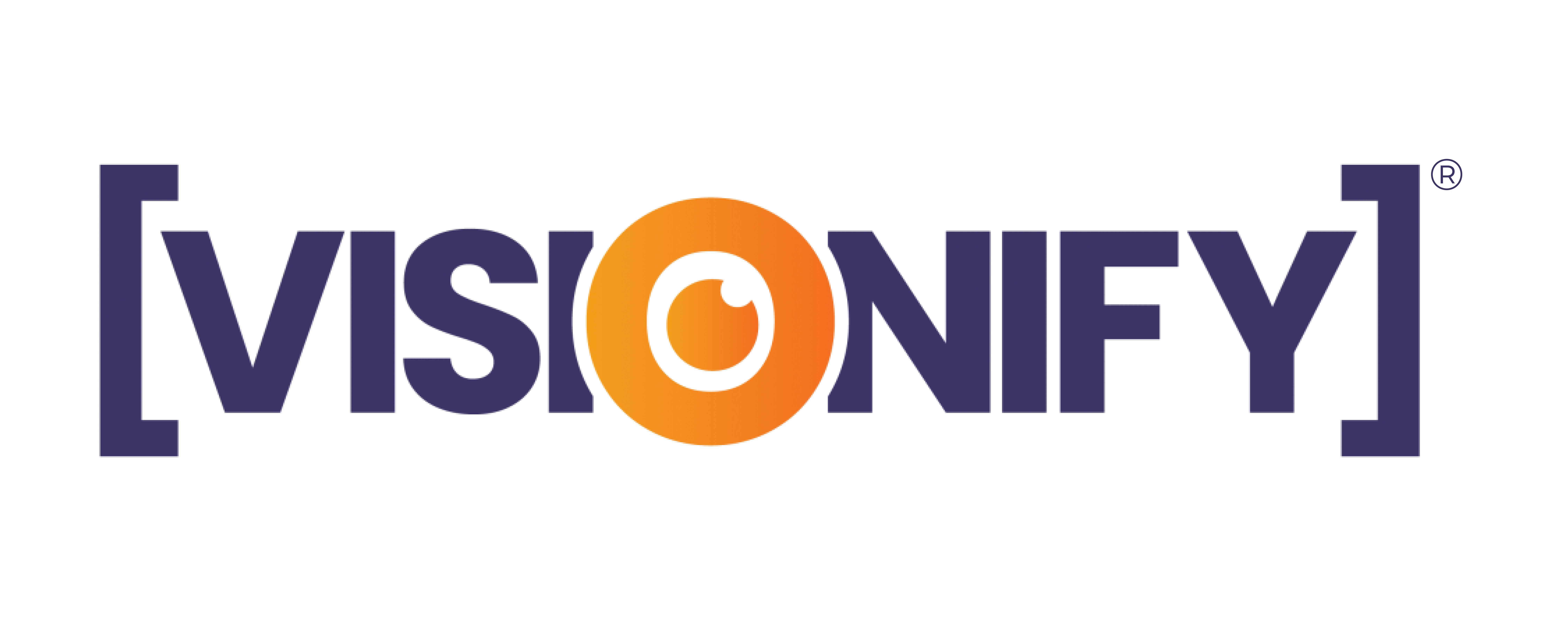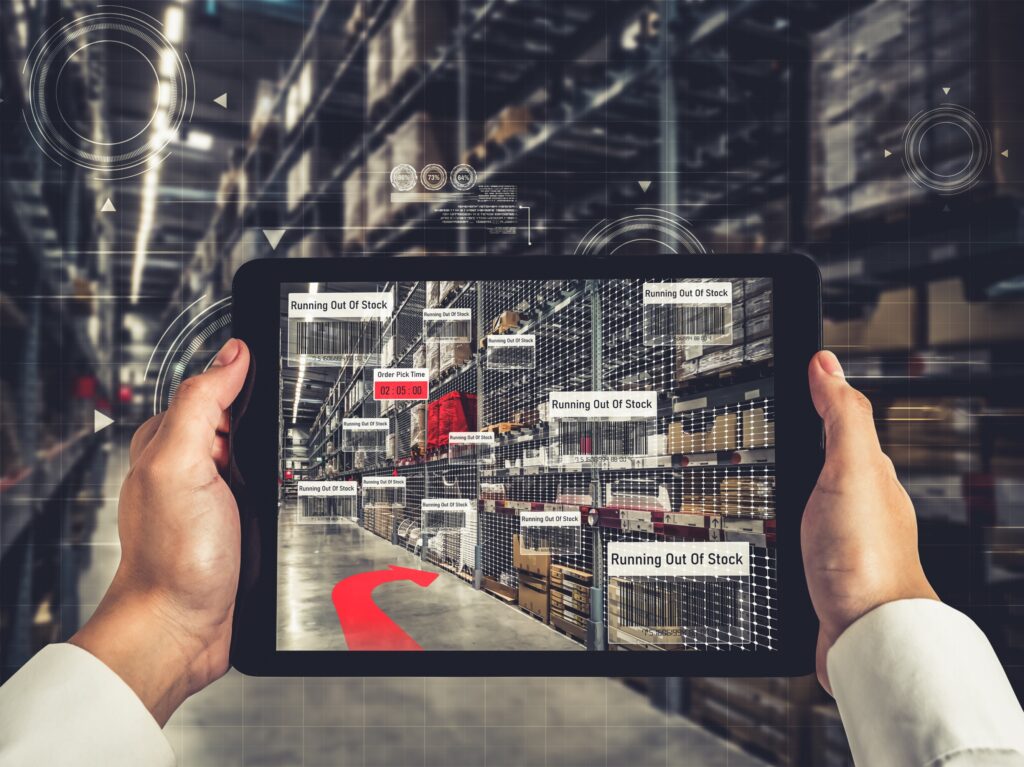In the dynamic warehousing environment, upholding stringent safety protocols is far more than meeting regulatory demands; it’s a pivotal aspect of business operations. The advent of Vision AI marks a significant evolution within this sector, elevating traditional surveillance methods to new heights with its capability for real-time oversight and active hazard intervention. As Vision AI increasingly weaves into the fabric of warehouse activities, its role becomes critical in diminishing accidents, fortifying compliance, and protecting personnel and assets.
Yet, the scope of Vision AI is more comprehensive than its present-day functionalities. With technological progress advancing unwittingly, safety mechanisms must adapt and innovate proactively. Positioned at the forefront of this technological surge, Vision AI is moving towards a future of predictive analytics — a future where it doesn’t just respond to risks but foresees and neutralizes them preemptively. This shift from a reactive to a foresight-driven safety strategy is set to transform the warehouse operations landscape fundamentally.
In this article, we will dissect the increasing significance of Vision AI in bolstering warehouse safety, revisiting its current contributions while highlighting the need for perpetual innovation. Peek into what lies ahead: a preview of pioneering developments and predictive insights. Imagine a reality where Vision AI’s acumen extends into foresight, effectively averting accidents before they materialize.
Vision AI: A Synergistic Safety Ecosystem for Warehouses
In warehouse operations, the introduction of Vision AI marks a transformative shift towards a synergistic blend of safety and advanced technology. This innovative system harnesses the power of machine learning and intense learning to enable cameras and sensors with the ability to ‘see’ and interpret their surroundings much like a human.
Central to Vision AI uses deep learning algorithms, allowing the system to process and understand visual inputs with striking precision. Embedded cameras throughout a warehouse capture continuous footage, feeding it into convolutional neural networks (CNNs). These networks can discern patterns, objects, and irregularities by analyzing visual information against extensive training datasets.
Integration with Warehouse Safety Protocols
Incorporating Vision AI into warehouse safety protocols revolutionizes the entire safety management approach. This integration synchronizes Vision AI’s insights with crucial aspects of warehouse operations, like inventory control and logistics. The outcome is a unified, safe, and efficient warehouse environment leveraging the best technology and safety practices.
As we delve deeper into the various safety applications of Vision AI within challenging warehouse environments, it’s imperative to understand its key benefits. Vision AI doesn’t just contribute to safety; it redefines it, merging technological innovation with crucial safety needs to create a safer, more efficient workplace.
Key features of Vision AI
- Real-Time Hazard Detection: Vision AI systems are trained to detect specific hazards, such as obstructions in walkways, improper use of machinery, or the absence of PPE. By continuously scanning the environment, they can alert staff to immediate dangers, such as a forklift operating too close to personnel or a spill that could cause a slip hazard.
- Predictive Analysis for Proactive Safety: The power of Vision AI extends to predictive analytics, where historical data is used to anticipate future safety incidents. For instance, if a particular intersection in the warehouse has a history of near-misses between forklifts and pedestrians, Vision AI can flag it as a high-risk area and suggest corrective actions before any incident occurs.
- Customization and Scalability: Vision AI platforms are highly customizable, meaning they can be tailored to the specific needs of a warehouse. They can be scaled up to monitor vast warehouse complexes or refined to focus on high-risk zones, providing flexibility in deployment and ensuring that the system grows with the business.
- Edge Computing for Speed and Reliability: Many Vision AI systems utilize edge computing, where data processing occurs directly on local devices rather than being sent to a centralized server. This approach minimizes latency, allowing for near-instantaneous responses to detected hazards, which is crucial for preventing accidents in a fast-paced warehouse setting.
Simple Deployment: Augments existing CCTV Cameras
In the dynamic landscape of warehouse operations, Vision AI is not just an addition but a fundamental transformation, enhancing the capabilities of existing infrastructure. This technology augments standard surveillance cameras, turning them into highly advanced, Vision AI-enabled tools capable of autonomous hazard monitoring.
Simply plugging Vision AI with existing camera infrastructure allows for seamless, intelligent monitoring and identifying risks and safety issues in real-time.
These AI-enhanced cameras can continuously analyze the warehouse, intuitively identifying and responding to potential hazards. This shift towards intelligent, autonomous monitoring is critical in modern warehouses, ensuring a safer, more efficient, and technologically sophisticated workspace.
Vision AI’s Impact on Safety and Efficiency in Warehousing

Vision AI is fundamentally altering the landscape of warehouse operations, introducing an advanced layer of safety and operational insight. Its scope ranges from instant hazard identification to refining workflow processes, thereby elevating the safety and efficiency of warehouses.
In-Depth Look at Vision AI’s Role in Warehouses:
- Forkzone Monitoring: Vision AI empowers warehouses with intelligent forklift zone monitoring. It establishes virtual zones and utilizes camera feeds and AI algorithms to trigger alerts when forklifts enter these designated areas. This proactive system is crucial in preventing collisions and maintaining safe operational zones.
- PPE Compliance Monitoring: This feature of Vision AI is pivotal for safety gear adherence. It scrutinizes video feeds to ensure warehouse staff comply with mandatory safety gear usage, including helmets, gloves, and safety vests. This constant vigilance upholds safety standards and aligns with regulatory compliance.
- Empty Pallet Detection: Essential for efficient space management, Vision AI’s empty pallet detection system signals when pallets are unoccupied. This streamlines warehouse space usage and inventory management, enhancing overall operational productivity.
- Restricted Zone Surveillance: Vision AI enhances the security of sensitive warehouse areas. It monitors and controls access to restricted zones, alerting for any unauthorized entries and thus bolstering security measures.
Other Advantages:
Minimizing Human Risk: Vision AI reduces the need for worker presence in high-risk zones, such as areas with hazardous materials or heavy machinery. Its capability to provide instant alerts diminishes the likelihood of worker exposure to dangers.
Influencing Warehouse Design for Safety: The insights garnered from Vision AI are instrumental in shaping warehouse layouts. Warehouse designs can be optimized for safety and operational efficiency by understanding traffic flow and identifying high-risk areas.
Crafting Safer Workflows: Vision AI aids in designing workflows that minimize safety risks. It can pinpoint potential hazards in daily operations, suggesting improvements to ensure a safer working environment.
Shaping the Future of Warehouse Safety: As Vision AI continues to advance, its role in warehouse safety is set to become more profound. Anticipated future developments include enhanced hazard detection and more efficient risk management strategies. Vision AI is set to be an essential component of modern warehouse operations, evolving continuously to meet new safety challenges and enhance operational protocols.
Conclusion: The Evolution and Future of Vision AI in Warehouse Safety
In the evolving landscape of warehouse operations, Vision AI has transitioned from a simple monitoring aid to a comprehensive safety solution, becoming a cornerstone in modern warehousing. This evolution from passive surveillance to an active safety system encapsulates its journey towards becoming a vanguard in warehouse safety, underlining its critical role in today’s warehousing practices.
Vision AI has redefined warehouse safety, shifting from conventional monitoring to an all-encompassing safety approach. This technology’s prowess in predicting, preventing, and managing risks has transformed warehouse operations. Its continuous analysis and adaptation to the dynamic environment ensure that safety is not merely a policy but an integral part of daily operations. By investing in Vision AI, warehouses are enhancing current safety measures and equipping themselves for future complexities. This forward-looking approach positions Vision AI as a strategic asset in the industry’s pursuit of innovation and efficiency.
Vision AI is spearheading a new era in warehousing where safety is interwoven into operational fabric. It’s more than a technological tool; it’s a commitment to a safety-first philosophy, ensuring worker well-being and functional integrity are paramount. As warehouses adopt this advanced technology, Vision AI is paving the way toward more efficient, productive, and inherently safer spaces. The future of warehouse safety, driven by Vision AI, promises an environment where advanced safety measures are fundamental to every operation.


